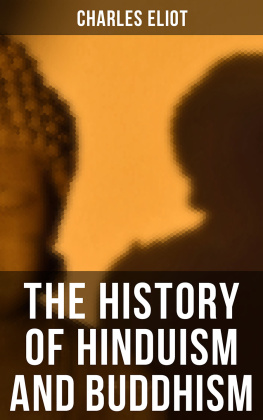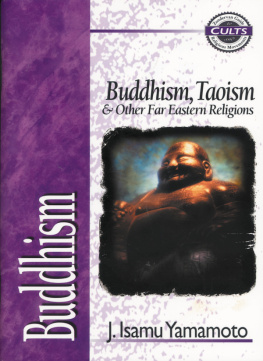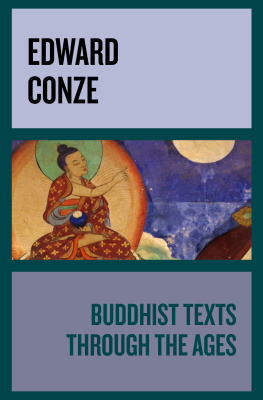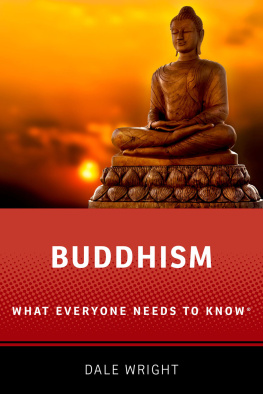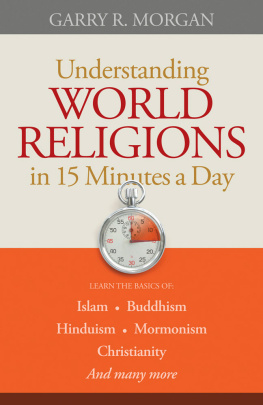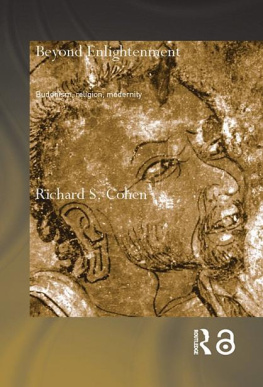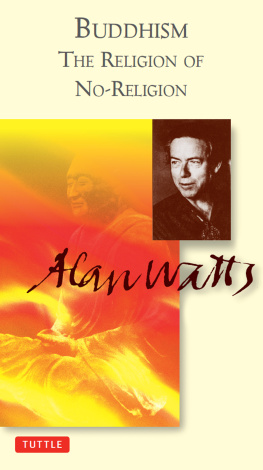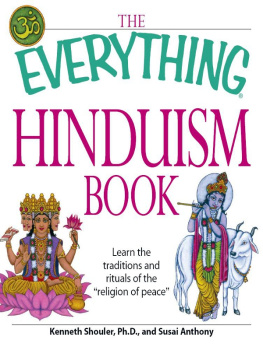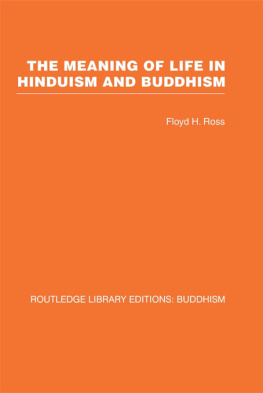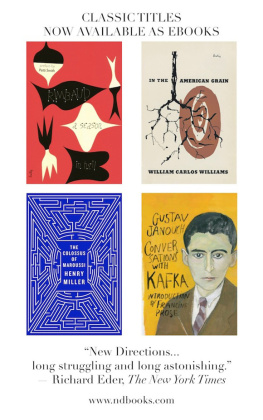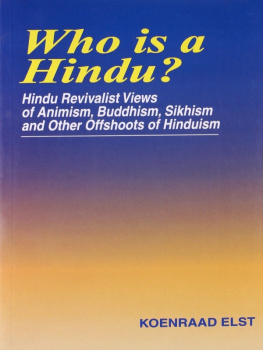Charles Eliot
The History of Hinduism and Buddhism
All 3 Volumes
Published by

Books
- Advanced Digital Solutions & High-Quality eBook Formatting -
2020 OK Publishing
EAN 4064066392666
BOOK II
EARLY INDIAN RELIGION
A GENERAL VIEW
In this book I shall briefly sketch the condition of religion in India prior to the rise of Buddhism and in so doing shall be naturally led to indicate several of the fundamental ideas of Hinduism. For few old ideas have entirely perished: new deities, new sects and new rites have arisen but the main theories of the older Upanishads still command respect and modern reformers try to justify their teaching from the ancient texts.
But I do not propose to discuss in detail the religion of the Vedic hymns for, so far as it can be distinguished from later phases, it looks backward rather than forward. It is important to students of comparative mythology, of the origins of religion, of the Aryan race. But it represents rather what the Aryans brought into India than what was invented in India, and it is this latter which assumes a prominent place in the intellectual history of the world as Hinduism and Buddhism. The ancient nature gods of the wind and the dawn have little place in the mental horizon of either the Buddha or Bhagavad-gt and even when the old names remain, the beings who bear them generally have new attributes. Still, Vedic texts are used in modern worship and in many respects there is a real continuity of thought.
In the first chapter I enquire whether there is any element common to the religions of India and to the countries of Eastern Asia and find that the worship of nature spirits and the veneration of ancestors prevail throughout the whole of this vast region and have not been suppressed by Buddhism or Brahmanism. Then coming to the purely Indian sphere, I have thought it might not be amiss to give an epitome of such parts of Indian history as are of importance for religion. Next I endeavour to explain how the social institutions of India and the unique position acquired by the Brahman aristocracy have determined the character of Hindu religionprotean and yet unmistakeably Indian in all its phasesand I also investigate the influence of the belief in rebirth, which from the time of the Upanishads onwards dominates Indian thought. In the fourth and fifth chapters I trace the survival of some ancient ideas and show how many attributes of the Vedic gods can be found in modern deities who are at first sight widely different and how theories of salvation by sacrifice or asceticism or knowledge have been similarly persistent. In the sixth chapter I attempt to give a picture of religious life, both Brahmanic and non-Brahmanic, as it existed in India about the time when the Buddha was born. Of the non-Brahmanic sects which then flourished most have disappeared, but one, namely the Jains, has survived and left a considerable record in literature and art. I have therefore devoted a chapter to it here.
My object in this book is to discuss the characteristics of Indian religion which are not only fundamental but ancient. Hence this is not the place to dwell on Bhakti or relatively modern theistic sects, however great their importance in later Hinduism may be.
CHAPTER IV
VEDIC DEITIES AND SACRIFICES
1
Our knowledge of early Indian religion is derived almost entirely from literature. After the rise of Buddhism this is supplemented to some extent by buildings, statues and inscriptions, but unlike Egypt and Babylonia, pre-Buddhist India has yielded no temples, images or other religious antiquities, nor is it probable that such will be discovered. Certainly the material for study is not scanty. The theological literature of India is enormous: the difficulty is to grasp it and select what is important. The enquirer is confronted with a series of encyclopdic works of great bulk and considerable antiquity, treating of every aspect of religion which interested the Brahmans. But he continually feels the want of independent testimony to check their statements. They set forth the views of their authors but whether those views met with general acceptance outside the Brahmanic caste and influenced Indian life as a whole or whether classes, such as the military caste, or regions, such as western India and Dravidian India, had different views, it is often hard to say. Even more serious is the difficulty of chronology which affects secular as well as religious literature. The feats of Hindus in the matter of computing time show in the most extravagant form the peculiarities of their mental temperament, for while in their cosmogonies ons whose length the mind can hardly grasp are tabulated with the names of their superhuman rulers there are few Sakas, Kushans and Hnas. We can hardly imagine doubt as to the century in which Shakespeare or Virgil lived, yet when I first studied Sanskrit the greatest of Indian dramatists, Kalidasa, was supposed to have lived about 50 B.C. His date is not yet fixed with unanimity but it is now generally placed in the fifth or sixth century A.D.
This chronological chaos naturally affects the value of literature as a record of the development of thought. We are in danger of moving in a vicious circle: of assigning ideas to an epoch because they occur in a certain book, while at the same time we fix the date of the book in virtue of the ideas which it contains. Still we may feel some security as to the sequence, if not the exact dates, of the great divisions in Indian religious literature such as the period of the Vedic hymns, the period of the Brhmaas, the rise of Buddhism, the composition of the two great epics, and the Puranas. If we follow the opinion of most authorities and accept the picture of Indian life and thought contained in the Pali Tripitaka as in the main historical, it seems to follow that both the ritual system of the Brhmaas and the philosophic speculations of the Upanishads were in existence by 500 B.C..
It may seem that everything is uncertain in this literature without dates or authors and that the growth of religion in India cannot be scientifically studied. The difficulties are indeed considerable but they are materially reduced by the veneration in which the ancient scriptures were held, and by the retentiveness of memory and devotion to grammar, if not to history, which have characterized the Brahmans for at least twenty-five centuries. The authenticity of certain Vedic texts is guaranteed not only by the quotations found in later works, but by treatises on phonetics, grammar and versification as well as by indices which give the number of words in every book, chapter and verse. We may be sure that we possess not perhaps the exact words of the Vedic poets, but what were believed about 600 B.C. to be their exact words, and there is no reason to doubt that this is a substantially correct version of the hymns as recited several centuries earlier.
In drawing any deductions from the hymns of the Rig Veda it must be remembered that it is the manual of the Hotri priests mentioned in the missal, and we cannot assume that ideas or usages not mentioned in the Rig Veda did not exist at the time when it was composed.
We have no other Sanskrit writings contemporary with the older parts of the Rig Veda, but the roots of epic poetry stretch far back and ballads may be as old as hymns, though they neither sought nor obtained the official sanction of the priesthood. Side by side with Vedic tradition, unrecorded Epic tradition built up the figures of Siva, Rma and Krishna which astonish us by their sudden appearance in later literature only because their earlier phases have not been preserved.

